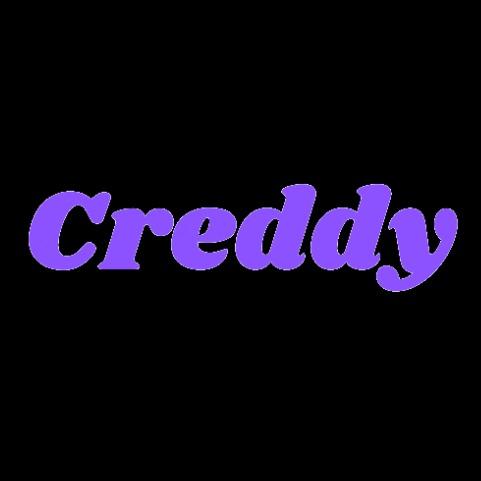Creddy
Empowering the future minds with verifiable credentials. Creddy is a decentralized platform that uses NFTs to tokenize and authenticate educational credentials, ensuring transparency and integrity.
Created on 18th August 2024
•
Creddy
Empowering the future minds with verifiable credentials. Creddy is a decentralized platform that uses NFTs to tokenize and authenticate educational credentials, ensuring transparency and integrity.
The problem Creddy solves
In today's digital world, the abundance of microcredential options can be overwhelming, raising questions about their validity, relevance, and verification. Current microcredential platforms often lack visualization tools to help users understand the skills and knowledge they've gained. The process of obtaining and managing these credentials can be cumbersome, and there's often little guidance on the next steps after earning a credential. Verifying that microcredentials are widely accepted can be challenging, and it’s frustrating to retake similar courses when you’ve already demonstrated the required skills.
According to Forbes, many employees believe microcredentials could influence hiring decisions, with 53% finding it difficult to identify specific, verified skills in candidates. This is where Creddy comes into play. Creddy is a blockchain-based platform that uses decentralized technologies to issue NFTs for microcredentials, providing a secure, verifiable, and transferable record of your achievements. With Creddy, you can transfer your credits between educational programs, view an overview of your progress, and showcase your skillsets. Additionally, Creddy serves as a dynamic resume to present your qualifications effectively. Companies can also use Creddy to launch their own courses, issue NFT badges to participants, and track leads, creating a comprehensive ecosystem for both learners and employers.
Challenges we ran into
Most of the time, the hurdles we faced are implementing the web3 technologies in our project. Integrating blockchain solutions such as Aptos and Scroll with our frontend built in Next.js and Tailwind required us to overcome challenges around interoperability, particularly in ensuring that our smart contracts were deployed smoothly and efficiently on the chain. One specific issue was maintaining compatibility between the web3 frameworks and frontend logic when interacting with wallets and managing transactions. We resolved this by extensively testing on local environments and carefully refining the bridging mechanisms between the blockchain and the user interface.
Tracks Applied (6)
Deploy on Scroll
Scroll
Best Build on Scroll
Scroll
Deploy on Aptos
Aptos
Best Build on Aptos
Aptos
Deploy on Ethereum
Devcon
Blockchain for Good
Blockchain For Good
Technologies used
